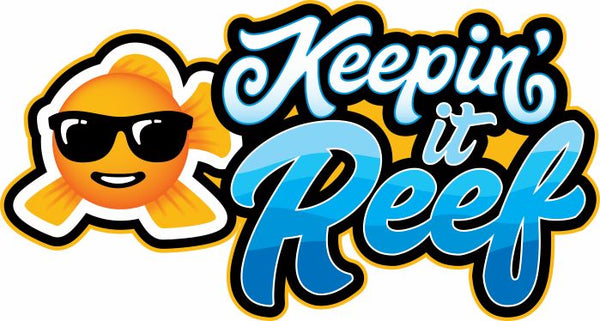1
/
of
0
Consistantsea
Watanabi Angel
Watanabi Angel
Regular price
$112.95
Regular price
Sale price
$112.95
Unit price
/
per
Shipping calculated at checkout.
Couldn't load pickup availability
The Watanabe Angelfish, scientifically known as Genicanthus watanabei, is a highly sought-after marine species due to its striking appearance and relatively peaceful nature. Here’s a detailed guide on keeping a Watanabe Angelfish in an aquarium:
Scientific Classification:
- Scientific Name: Genicanthus watanabei
- Family: Pomacanthidae
Appearance:
- Color: Males and females exhibit sexual dimorphism. Males have a pale blue to white body with black horizontal stripes running along their flanks and vibrant blue margins on their fins. Females are similarly colored but lack the horizontal stripes, instead showing a more uniform pale blue body with subtle yellow highlights.
- Size: Can grow up to 6 inches (15 cm) in length.
- Shape: Deep-bodied with elongated dorsal and anal fins, typical of the angelfish family.
Habitat:
- Natural Habitat: Found in the Western Pacific, particularly around the reefs of Japan, the Philippines, and Palau, at depths ranging from 30 to over 100 meters.
- Aquarium Environment: Requires a well-established tank with plenty of live rock for grazing and hiding. The minimum recommended tank size is 120 gallons due to their active swimming habits and need for space.
Behavior:
- Temperament: Generally peaceful and can be kept with other non-aggressive fish. However, they may show territorial behavior towards other angelfish.
- Activity: Active swimmers that prefer open water and reef structures. They tend to stay in the mid to upper levels of the aquarium.
Diet:
- Feeding: Omnivorous. In the wild, they feed on plankton and algae. In an aquarium, provide a varied diet that includes high-quality marine flakes, pellets, frozen mysis shrimp, brine shrimp, and spirulina. Regular feeding of marine algae or seaweed is also beneficial.
Care Requirements:
- Tank Size: Minimum 120 gallons to provide adequate swimming space.
-
Water Parameters:
- Temperature: 72-78°F (22-26°C)
- pH: 8.1-8.4
- Salinity: 1.020-1.025
- Tank Setup: A well-established reef tank with plenty of live rock for grazing and shelter. Ensure strong water movement and efficient filtration to maintain high water quality.
Special Considerations:
- Acclimatization: Watanabe Angelfish can be sensitive to changes in water quality. Acclimate them slowly to the aquarium environment to reduce stress.
- Compatibility: Suitable for a community tank with other peaceful fish. Avoid housing with aggressive species that may bully or outcompete them for food. They can be kept with other Genicanthus species but monitor for any territorial disputes.
- Health: Generally hardy if provided with optimal water conditions and a nutritious diet. Regular monitoring for common marine diseases and parasites is essential.
Breeding:
- Sexual Dimorphism: Males and females are easily distinguishable by their coloration and markings.
- Reproduction: Breeding in captivity is rare but possible. They are pelagic spawners, releasing eggs and sperm into the water column. A separate breeding tank with specific conditions is often required for successful breeding.
Summary:
The Watanabe Angelfish is a beautiful and relatively peaceful addition to a marine aquarium. Their striking colors and active swimming behavior make them a centerpiece in a well-maintained reef tank. Proper care, a suitable diet, and stable water conditions are crucial for their health and longevity. With the right setup and attention, these angelfish can thrive and bring a unique aesthetic appeal to any marine Aquarium.
